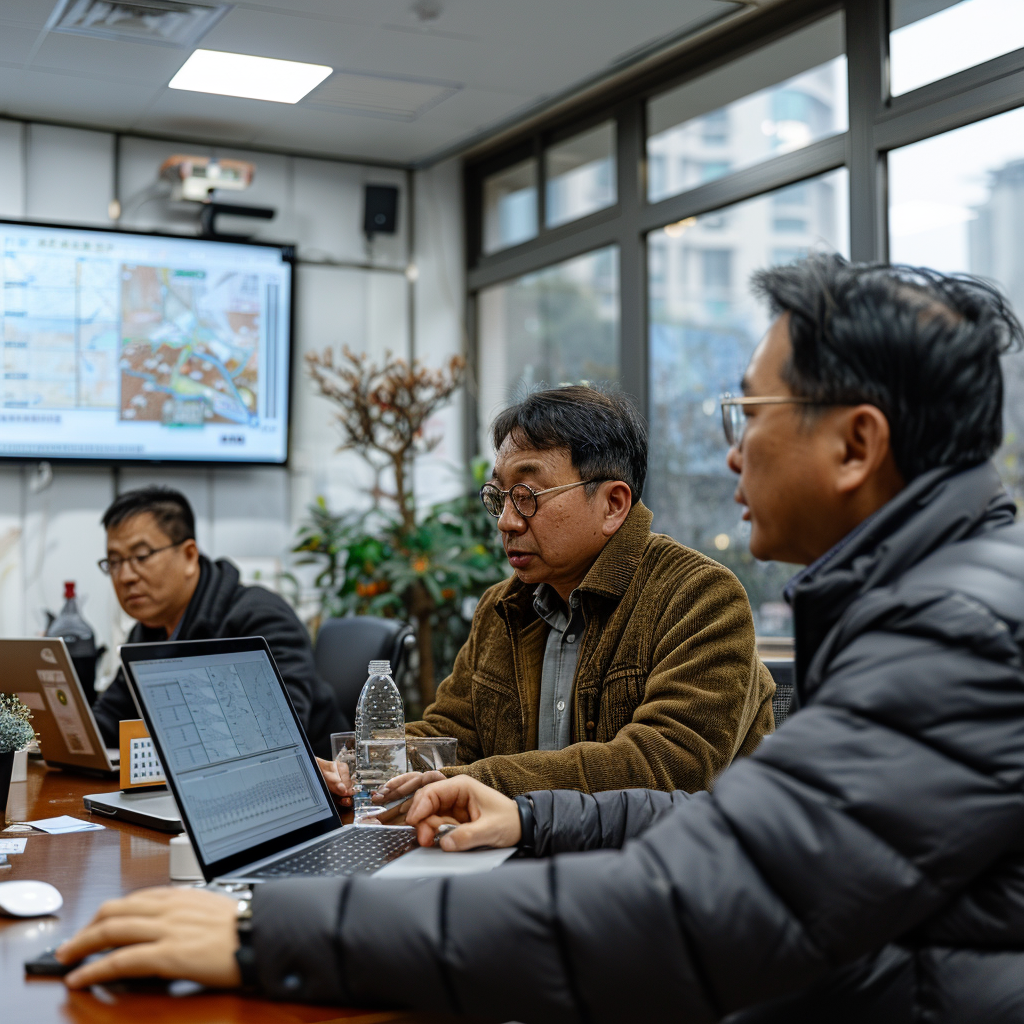發布:2025-05-12 瀏覽:0
1.木材市場價倒算法
1. Wood market price inversion algorithm
木材市場價倒算法又叫剩余價值法,它是將被評估林木資產皆伐后所得木材的市場銷售總收入,扣除木材生產經營所消耗的成本和合理利潤后,剩余價值部分作為林木資產評估值的一種方法。
The timber market price inversion algorithm, also known as the residual value method, is a method of evaluating the value of timber assets by deducting the cost and reasonable profit of timber production and operation from the total market sales revenue of timber obtained after the evaluation of timber assets.
其計算公式為: E=W-C-F
The calculation formula is: E=W-C-F
式中:E-林木資產評估值;W-銷售總收入;C-木材經營成本(包括采運成本、銷售費用、管理費用、財務費用及有關稅費);F一木材生產經營利潤。
In the formula: E-forest asset evaluation value; W-Total sales revenue; C - Wood operating costs (including transportation costs, sales expenses, management expenses, financial expenses, and related taxes and fees); F - Profit from timber production and operation.
木材市場價倒算法主要用于成、過熟林的林木資源資產評估,但在一般的收益現值法、林地期望價法、收獲現值法中,其林分主伐的預期收獲的計算均是采用該法進行,它是森林資源資產評估中最基本的方法。
The timber market price inversion algorithm is mainly used for the evaluation of forest resource assets in mature and overripe forests. However, in general methods such as present value of income, expected value of forest land, and present value of harvest, this method is used to calculate the expected harvest of the main cutting of the forest stand. It is the most basic method in forest resource asset evaluation.

當森林培育與木材生產為同一方時,評估人員應結合評估目的等因素,恰當確定是否扣減木材生產經營利潤F。
When forest cultivation and wood production are the same, evaluators should consider factors such as evaluation purposes to determine whether to deduct the profit F from wood production and operation.
(1)選擇評估方法。本題可考慮采用木材市場價倒算法評估。
(1) Choose an evaluation method. This question can be evaluated using the wood market price inversion algorithm.
(2)調查后搜集到的相關技術經濟指標。
(2) Relevant technical and economic indicators collected after investigation.
①木材價格。木材價格以委托評估資產附近林產品交易市場木材銷售價為基礎,結合待評估林木資產的實際平均胸徑綜合確定木材的平均售價。
① Wood prices. The price of timber is based on the sales price of timber in the forest product trading market near the entrusted evaluation asset, and the average selling price of timber is determined by combining the actual average breast height diameter of the evaluated forest asset.
經調查分析,樺原木售價為800元/立方米,樺綜合材售價為600元/立方米。
After investigation and analysis, the selling price of birch logs is 800 yuan/cubic meter, and the selling price of birch composite materials is 600 yuan/cubic meter.
②木材經營成本。木材經營成本主要包含伐區設計費、檢尺費、采造集裝、運費、銷售管理費等,以出材量為計算基數,合計為170元/立方米。
② Wood operating costs. The operating costs of timber mainly include cutting area design fees, measuring fees, container loading fees, transportation fees, sales management fees, etc., calculated based on the output of timber, totaling 170 yuan/cubic meter.
③木材銷售稅費。木材銷售稅費主要包含增值稅、城建稅、維簡費、不可預見費等,合計按銷售收入的18%征收。
③ Wood sales tax and fee. The sales tax for timber mainly includes value-added tax, urban construction tax, maintenance fees, unforeseeable expenses, etc., which are levied at a total of 18% of the sales revenue.
④經營利潤率。按木材經營成本的 16%計算。
④ Operating profit margin. Calculated at 16% of the operating cost of wood.
⑤出材率。按委估資產地方標準“xx市縣林區商品林主要樹種出材率表”,胸徑為15厘米的樺木出材率為 60%(其中原木 25%,綜合材 35%)。
⑤ Material output rate. According to the local standard for asset valuation, the yield rate of main tree species in commercial forests in XX city and county forest areas is 60% for birch with a breast height diameter of 15 centimeters (including 25% for logs and 35% for composite timber).
(3)根據上述指標,評估過程及結論如下:
(3) Based on the above indicators, the evaluation process and conclusion are as follows:
①主伐收入W=50x180x25%x800+50x180x35%x600=3690000(元)
① Main logging revenue W=50x180x25% x800+50x180x35% x600=3690000 (yuan)
②主伐成本=經營成本+銷售稅費
② Main cutting cost=operating cost+sales tax
C=(50x180x25%+50x180x35%)x170+3690 000x18%=1582 200(元)
C=(50x180x25%+50x180x35%) x170+3690000x18%=1582200 (yuan)
③木材經營利潤F=1582200x16%=253 152(元)
③ Wood operating profit F=1582200x16%=253 152 (yuan)
④該林分評估值=3690000-1582200-253 152 =1 854 648 (元)
④ The assessed value of this forest stand is 3690000-1582200-253 152=1854648 (yuan)
2.市場成交價比較法
2. Market transaction price comparison method
市場成交價比較法是將相同或類似的森林資源資產的現行市場成交價格作為比較基礎,估算擬評估森林資源資產評估值的方法。
The market transaction price comparison method is a method of estimating the evaluation value of forest resource assets based on the current market transaction prices of the same or similar forest resource assets.
本文由森林資源資產評估友情奉獻.更多有關的知識請點擊:http://www.kkpcgoldfoam.com我們將會對您提出的疑問進行詳細的解答,歡迎您登錄網站留言.
This article is contributed by the Friendship Contribution of Forest Resource Asset Evaluation For more information, please click: http://www.kkpcgoldfoam.com We will provide detailed answers to your questions. You are welcome to log in to our website and leave a message




















